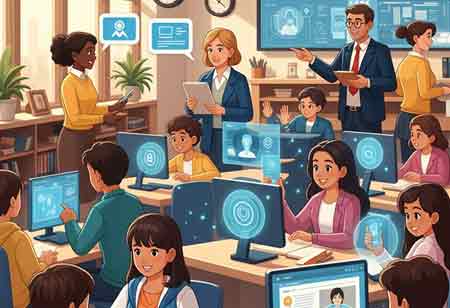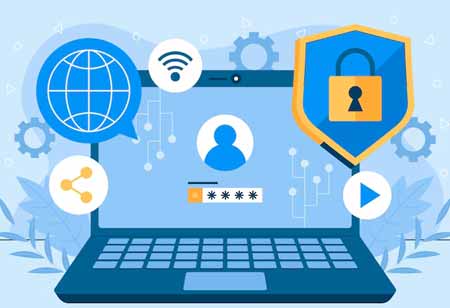THANK YOU FOR SUBSCRIBING
Be first to read the latest tech news, Industry Leader's Insights, and CIO interviews of medium and large enterprises exclusively from Education Technology Insights
What Are The Advantages Of Remote Learning?
Remote Learning happens when the student and teacher, or information resource, are at a distance and do not satisfy in a formal educational setting.

By
Education Technology Insights | Tuesday, May 23, 2023
Stay ahead of the industry with exclusive feature stories on the top companies, expert insights and the latest news delivered straight to your inbox. Subscribe today.
Technology plays a giant role in education currently.
FREMONT, CA: Remote Learning happens when the student and teacher, or information resource, are at a distance and do not satisfy in a formal educational setting. Most education institutions had to facilitate the dispersal of devices to learners in a very brief time. Without an emergency plan, headteachers had to consider on their feet.
Technology plays a giant role in education currently. Students growingly use digital learning resources to increase formal classroom instruction, from tablets and smartphones to virtual reality headsets and online courses. But while technology presents huge opportunities for educators, it also offers challenges. One challenge is guaranteeing that students in remote learning programs can accomplish similar educational results as their peers who observe school face-to-face.
Remote teaching is normally given through digital technology (video conference, audio bridge, email, discussion boards), so there is no necessity for students' or teachers' physical presence, unlike the conventional classroom environment (or else, it would be named Blended Learning). Remote Learning can be utilized to provide synchronous or asynchronous education. Remote Learning is named Remote Training, Distance Education, or Flexible Learning.
The classroom syllabus is generally taken online via necessity. Yet, in more stable times, there are still clear benefits of Distance Learning that incorporate the following:
• Remote Learning has a more adaptable schedule: Remote Learning is adaptable Learning for the students. Furthermore, teachers get the pliability to structure their classes and to design and consider assignments. Students can approach online learning materials when most convenient through remote learning tools. Thus, students and teachers do not have to obey a strict schedule, saving time, energy, and money. Again, teachers get additional time to make more useful lesson plans and assignments. Distance learning is more adaptable than listening to a physical and formal class daily.
• It's effortless to access digital learning content: In online education, students observe educational videos and websites as tools for Learning. Studies indicate that short video clips permit better handling and memory recollection. A huge population of learners finds learning much more comfortable and attractive through the auditory and visual nature of video attractions. These videos permit each student to process information innately to them.
• Online Learning is more helpful for visual learners: Because of the visual nature of online Learning, students who choose more visual tools of Learning usually find remote Learning more appropriate for their learning style. Online lessons, reviews created through online mediums, and assignments involving computers can enhance Learning via visual pedagogical models.
• Enable students to function at their own pace: Teaching in the customary physical classroom can sometimes be too fast as there is often so much content to teach in a brief time. But, digital entry to remote education tools permits learners to contend with their coursework on their terms. Distant Learning can balance the contrast between various students. Each student can understand at his/ her own pace, so the more individualized nature of distance education makes the speed of education more comfortable to manage.







